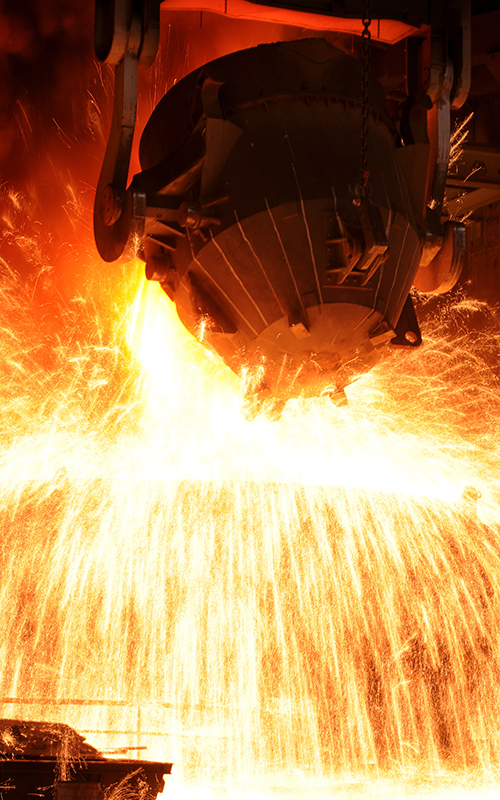UCI Solutions that Scale Seminar Series: Net-zero Emissions Energy Systems
Net-zero Emissions Energy Systems
January 21, 2021 | 11:00am-12:00pm PT
Stabilization of the Earth's climate will require that energy-related carbon dioxide (CO2) emissions fall to very low levels and perhaps go negative if other greenhouse gas emissions continue. However, some energy services (e.g., long-distance freight transport, air travel, highly-reliable electricity, steel and cement manufacturing) will be difficult to provide without adding CO2 to the atmosphere. Moreover, few climate mitigation scenarios address these difficult-to-decarbonize energy services in detail. Prof. Davis will present work analyzing the challenges associated with eliminating CO2 emissions associated with some of these services, including possible or promising technological solutions and research and development priorities. Although there are still abundant options for incremental reductions of energy-related CO2 emissions, if CO2 emissions are to be eliminated, the more difficult-to-eliminate emissions will ultimately need to be addressed. Moreover, rapid growth of these difficult-to-eliminate emissions combined with the long lifetimes of energy infrastructure make the challenge both essential and urgent.
Steve Davis is a Professor in the Department of Earth System Science (at UCI), where he researches global energy infrastructure, agricultural production, GHG emissions, and international trade. He studied political philosophy at the University of Florida, earned a law degree at the University of Virginia, practiced corporate and securities law in Silicon Valley, and did his graduate work in isotope geochemistry and paleoclimate at Stanford University. Since 2009, his research has focused on the human dimensions of global environmental change, and in particular the environmental effects of international trade and the infrastructural inertia of CO2 emissions.

